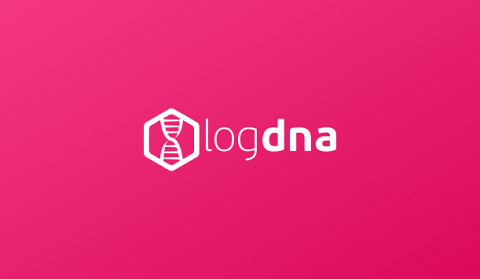Looking Forward with Legacy Application Logging
When developers think of log files and log analysis, their minds typically transports into the world of contributing factors and incident remediation. However, analyzing log events doesn’t always need to be about a specific bug and its corresponding resolution. In fact, log analysis can be a very useful resource for organizations looking to develop a more high-level and large-scale plan for their application moving forward.




